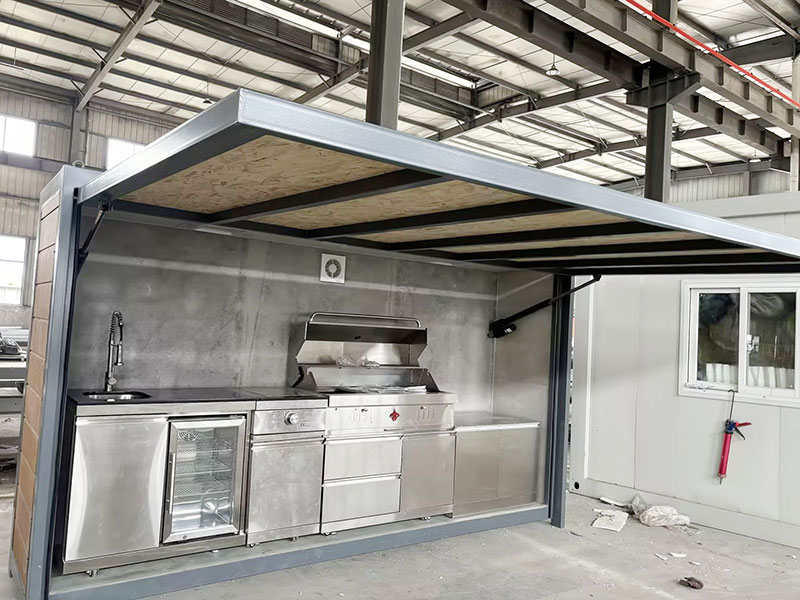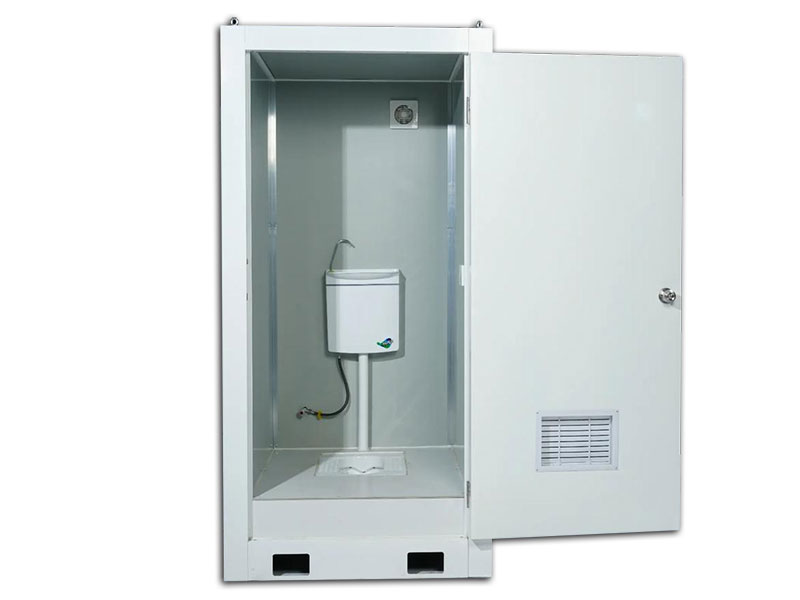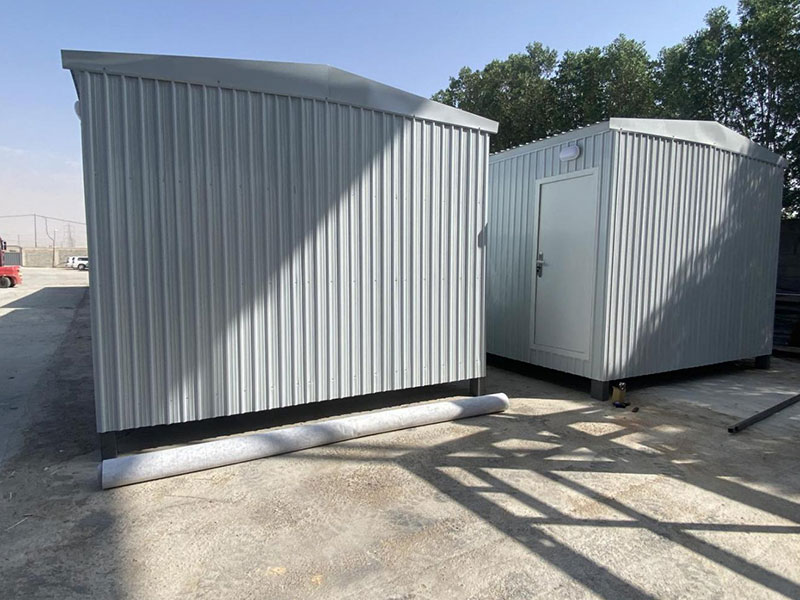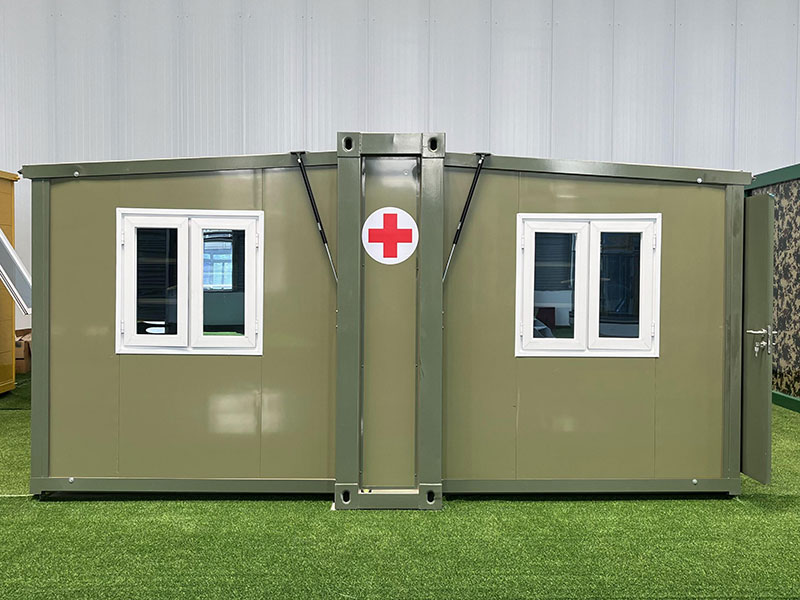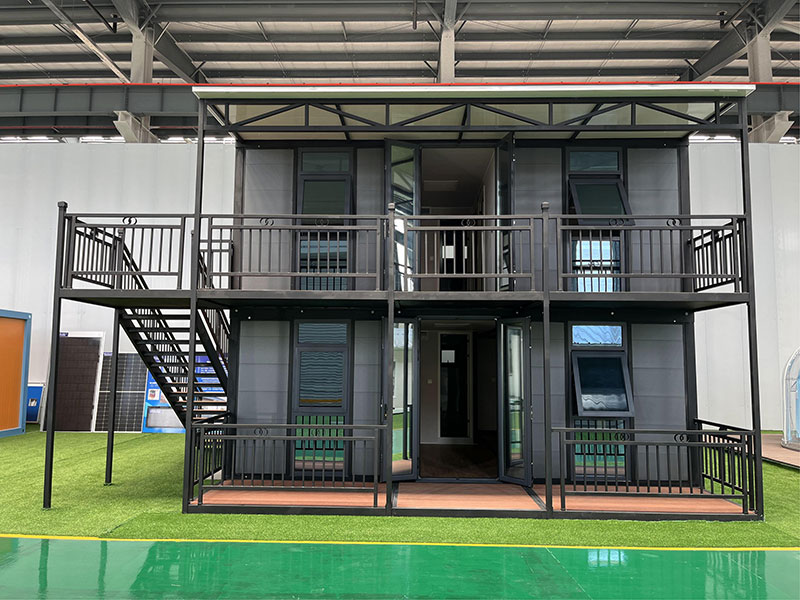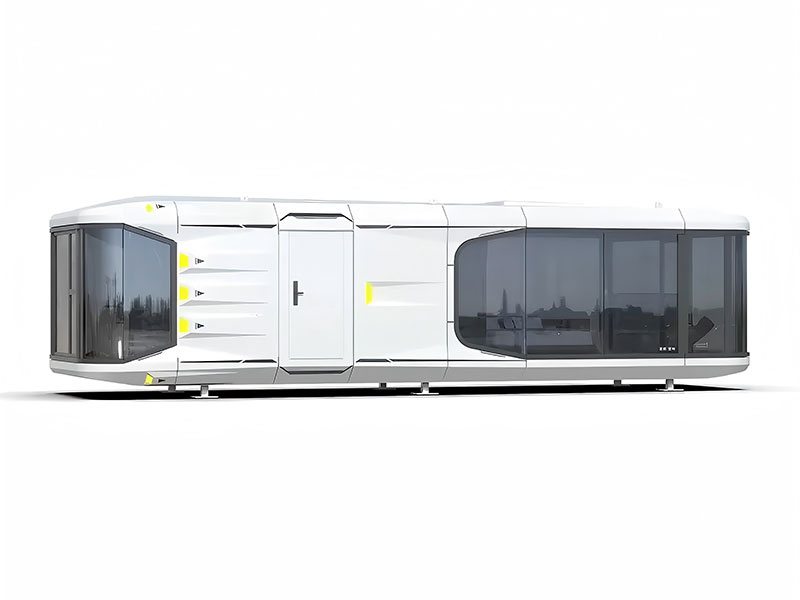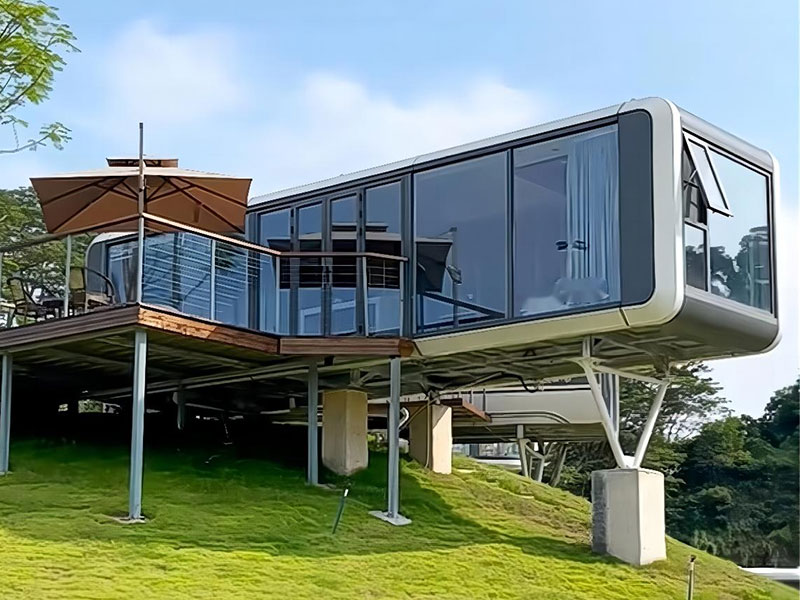Eco-Friendly Assemble Container House Solutions for Sustainable Living
2025-04-26The rise of assemble container house designs has revolutionized sustainable architecture. These structures use containers into energy-efficient housing solutions, reducing construction waste by up to 90%. With global housing demands increasing, container homes offer a scalable alternative that combines affordability with environmental responsibility. This article explores how prefab container units are reshaping modern living.
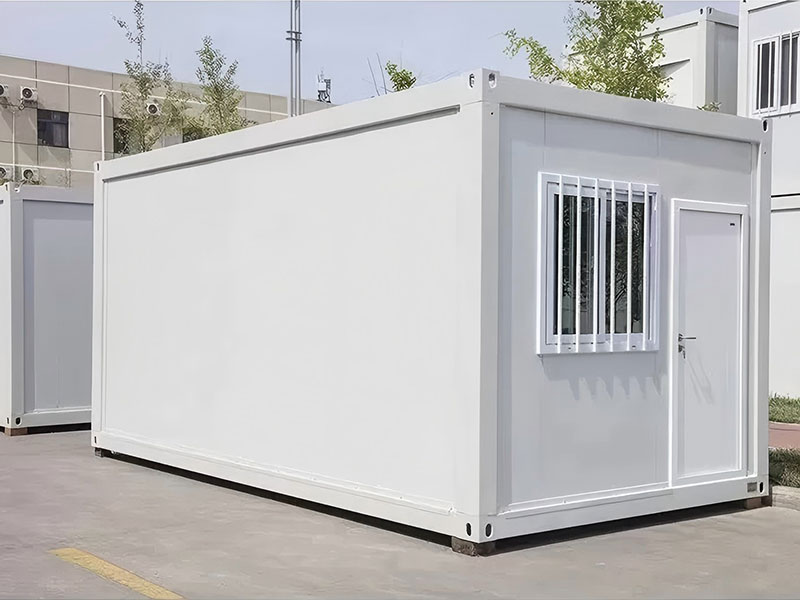
Why Choose Eco-Friendly Modular Homes?
1. Environmental Impact of Recycled Material Construction
Traditional buildings generate 40% of global carbon emissions, whereas assemble container house projects reused prefabricated steel frames.. A single 40-foot container can save 3,500 kg of CO2 emissions. By integrating solar-ready container homes, owners further reduce reliance on non-renewable energy sources.
2. Cost Efficiency in Rapid Deployment Container Systems
The modular container home assembly process slashes build times by 60% compared to conventional methods. Prefabricated walls and roofing systems arrive onsite ready for installation, minimizing labor costs. Case studies show families achieving budget-friendly container living at $150 per square foot – 30% below standard housing prices.
Designing Customizable Container Home Layouts
Tailoring Spaces with Expandable Container Modules
One key advantage of assemble container house designs is their modularity. Homeowners can stack or connect units horizontally using interlocking container connectors, creating layouts from compact studios to 4-bedroom residences. Architects increasingly use corrugated steel cladding not just for durability but to achieve industrial-chic aesthetics.
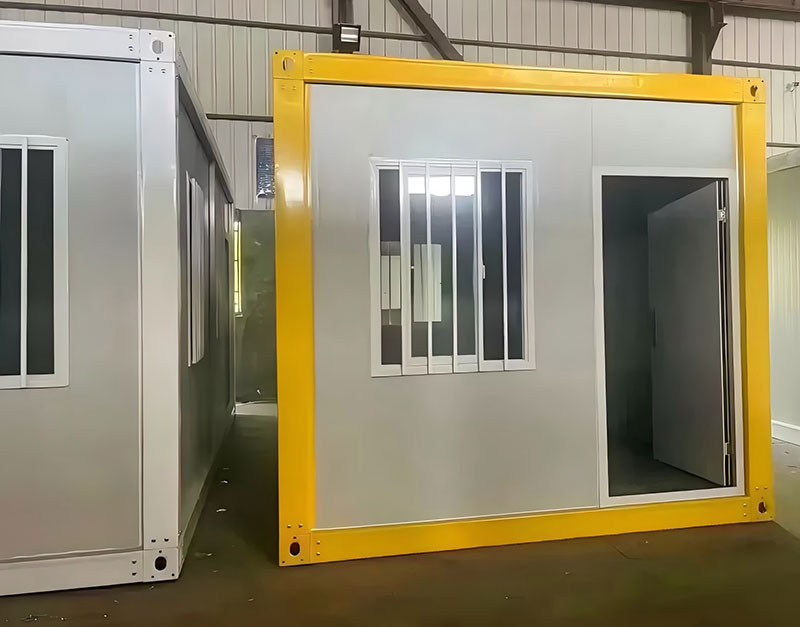
Climate-Specific Insulated Container Home Packages
To address thermal concerns, manufacturers now offer high-R-value insulation kits tailored to regional climates. In Nordic regions, triple-glazed windows and heated flooring systems transform containers into four-season container dwellings. Conversely, tropical designs prioritize cross-ventilation and UV-reflective coatings.
Navigating Container Home Zoning Regulations
Despite their benefits, off-grid container house projects often face regulatory hurdles. Many municipalities restrict container homes due to outdated building codes. However, states like California and Texas now recognize them as permanent residences if they meet international residential code (IRC) standards for insulation and structural integrity. Partnering with certified container home contractors ensures compliance.
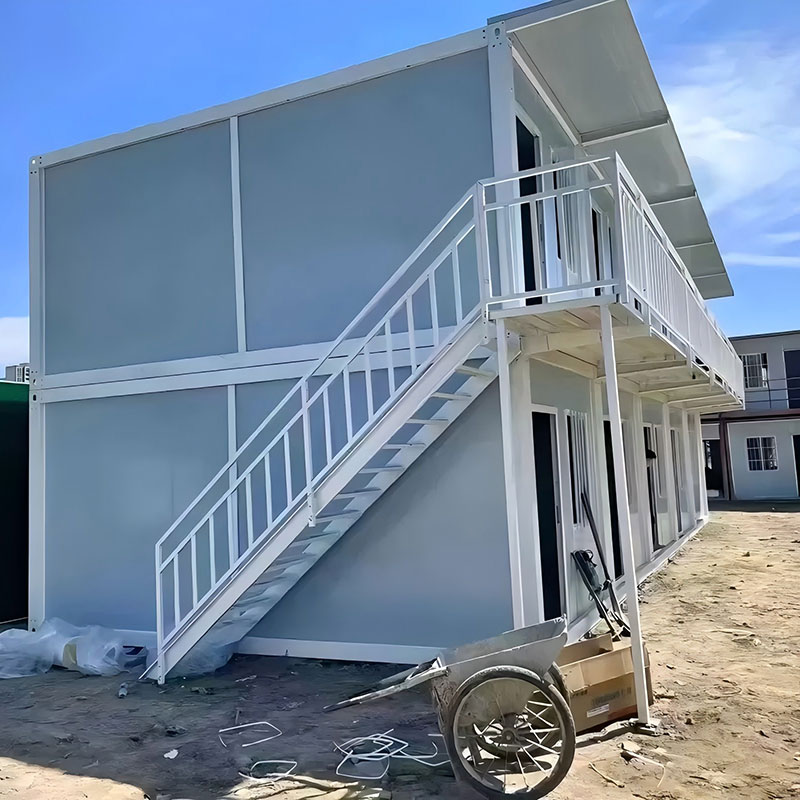
Future Trends in Smart Container Home Technology
The next wave of assemble container house innovation integrates IoT systems. Imagine voice-controlled automated container climate systems that optimize energy use via weather forecasts. Startups are piloting self-sustaining container ecosystems with rooftop hydroponics and greywater recycling – pushing the boundaries of sustainable autonomy.
Conclusion: The Path to Low-Carbon Container Living
From storm-resistant container foundations to LEED-certified container complexes, this housing model proves its versatility. As material science advances, expect lighter alloys and biodegradable composites to make assemble container house solutions even greener. For eco-conscious buyers, these homes aren’t just a trend – they’re the blueprint for 21st-century habitation.

